Environmental Regulations
The Crew Boat Market is significantly influenced by stringent environmental regulations aimed at reducing the ecological impact of maritime operations. Governments and regulatory bodies are implementing policies that mandate the use of cleaner technologies and practices within the maritime sector. This has led to an increased focus on the development of eco-friendly crew boats that comply with these regulations. For instance, vessels equipped with advanced waste management systems and emissions control technologies are becoming more prevalent. Market analysis indicates that compliance with these regulations could enhance the competitiveness of crew boat operators, as clients increasingly prefer environmentally responsible service providers. As a result, the crew boat market may experience a shift towards greener solutions, fostering innovation and sustainability within the industry.
Technological Innovations
Technological advancements are playing a pivotal role in shaping the Crew Boat Market. Innovations in vessel design, propulsion systems, and navigation technologies are enhancing the efficiency and safety of crew boats. For instance, the integration of advanced GPS and communication systems allows for better route planning and real-time monitoring of vessel operations. Additionally, the development of hybrid and electric propulsion systems is gaining traction, as they offer reduced emissions and lower operational costs. Market data indicates that the adoption of such technologies could lead to a 15% reduction in fuel consumption for crew boats, thereby making them more environmentally friendly and cost-effective. As these innovations continue to evolve, they are likely to attract more investments and drive growth within the crew boat sector.
Increasing Offshore Activities
The Crew Boat Market is experiencing a notable surge due to the increasing offshore activities, particularly in oil and gas exploration. As countries seek to tap into untapped reserves, the demand for crew boats, which facilitate the transportation of personnel and equipment to offshore platforms, is likely to rise. According to recent data, the offshore oil and gas sector is projected to grow at a compound annual growth rate of approximately 5% over the next few years. This growth is expected to drive investments in crew boats, enhancing their operational capabilities and efficiency. Furthermore, the expansion of renewable energy projects, such as offshore wind farms, is also contributing to the demand for crew boats, as these vessels are essential for supporting maintenance and operational activities in these environments.
Expansion of Maritime Logistics
The Crew Boat Market is benefiting from the expansion of maritime logistics, which encompasses the transportation of goods and personnel across waterways. As global trade continues to grow, the demand for efficient logistics solutions is becoming more pronounced. Crew boats play a crucial role in supporting maritime logistics by facilitating the movement of crew members to various operational sites. Recent data suggests that the maritime logistics sector is projected to grow at a rate of 7% over the next five years, driven by increased shipping activities and the need for timely crew deployment. This growth is likely to create new opportunities for crew boat operators, as they adapt to the evolving needs of the logistics market. Consequently, the crew boat industry may see an influx of investments aimed at enhancing fleet capabilities and service offerings.
Rising Demand for Crew Transportation
The Crew Boat Market is witnessing a rising demand for efficient crew transportation solutions, driven by the expansion of offshore projects and maritime operations. As companies increasingly rely on crew boats to transport personnel to remote locations, the need for reliable and fast vessels becomes paramount. Recent statistics suggest that the demand for crew transportation services is expected to grow by approximately 6% annually, reflecting the ongoing investments in offshore infrastructure. This trend is further supported by the increasing focus on safety and compliance, as operators seek to ensure that their crews are transported in a secure and timely manner. Consequently, the crew boat market is likely to see a diversification of service offerings, including specialized vessels designed for specific operational needs.


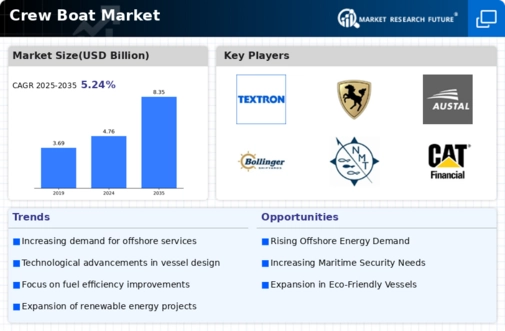
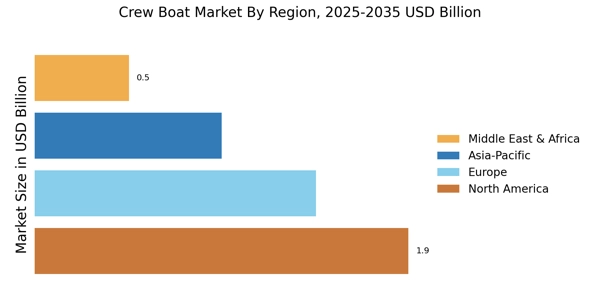
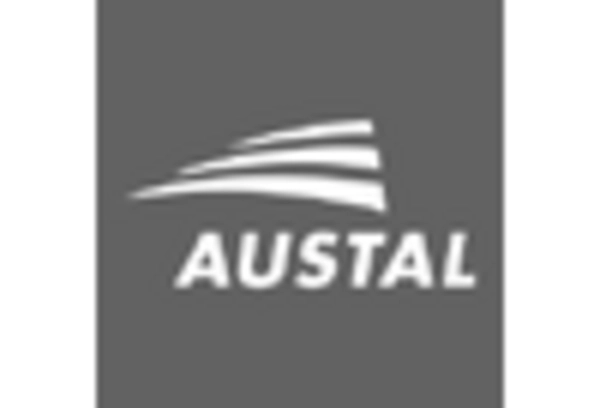
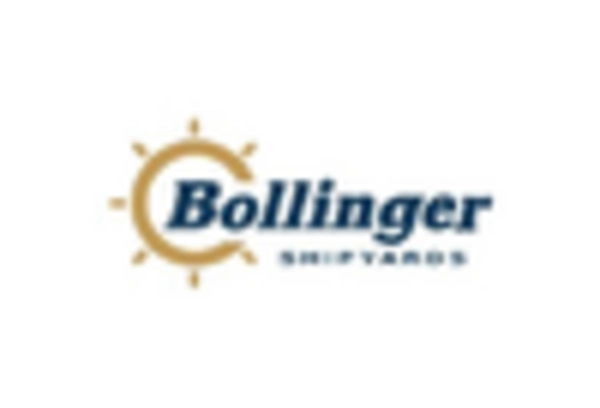
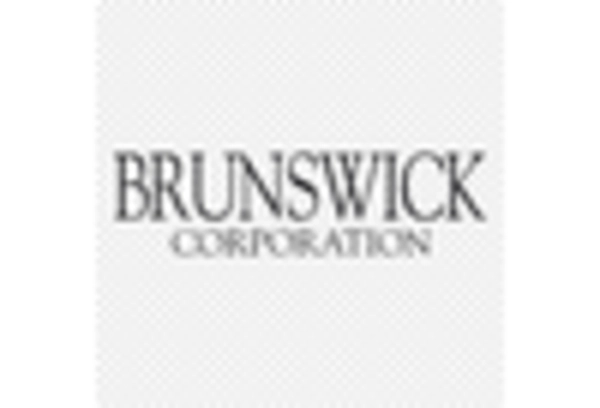
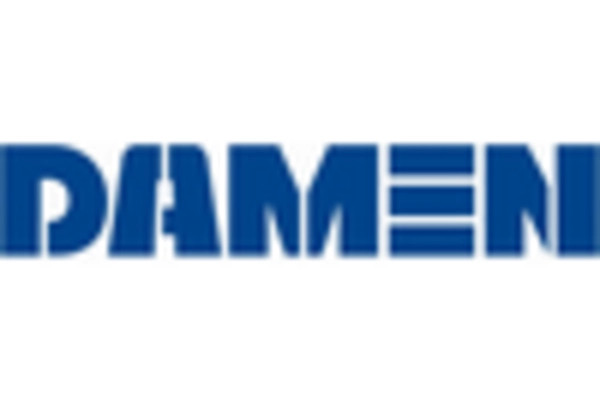

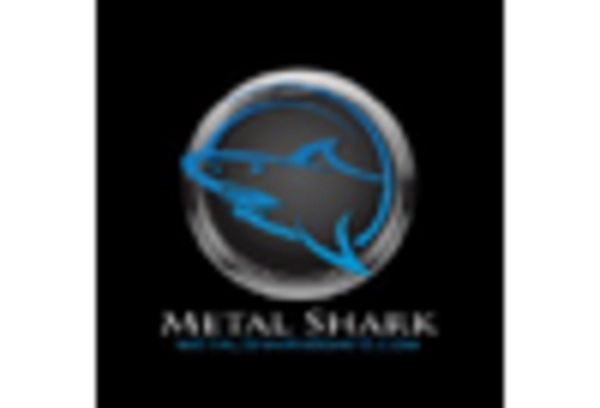








Leave a Comment